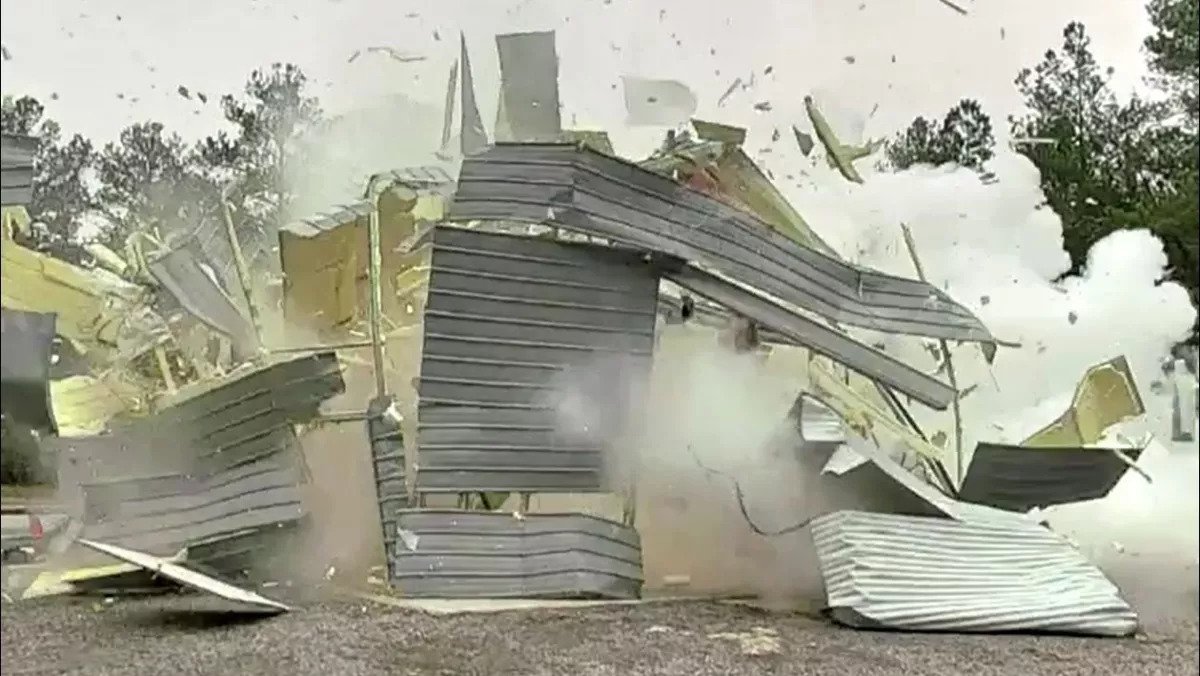Sierra Space, which is building the Orbital Reef space station, deliberately blew up a model of an inflatable module for it using overpressure. Thus, they tested the strength of the structure.

Engineers blow up an inflatable module
Sierra Space engineers blew up a model of an inflatable module for the Orbital Reef space station in February. This was done quite planned in the framework of tests designed to demonstrate that their concept was viable.
Moreover, this was the fourth and last such event in the series. Before that, the prototype of the Large Integrated Flexible Environment (LIFE) module withstood pressure for a month, which deliberately exceeded that which the design would experience in space. In the end, the researchers sharply increased the pressure and the module popped like a balloon.
At the same time, the module is not at all rubber, it is woven from separate flexible fibers that are tightly fitted to each other. In the next tests, which will begin this year, engineers will use a full-size module with metal parts.
By testing the model with excessive pressure, the scientists were convinced that under normal conditions such structures could work for a very long time. In particular, they are already confident that the inflatable module will be able to stay in space for 60 years, while the Orbital Reef project provides for operation only for 15.
Orbital Reef Station Certification
All these actions have as their ultimate goal the certification of modules in order to build the Orbital Reef space station from them. Back in 2021, Sierra Space signed an agreement with NASA that would build it under the leadership of Blue Origin. This should happen before 2030 to replace the International Space Station in a timely manner, the operation of which is planned to be completed.
In total, in 2021, NASA allocated USD 415 million to three consortia to develop future commercial space stations. The Orbital Reef team received USD 130 million, the Nanoracks LLC team received USD 160 million, and the Northrop Grumman team received USD 125.6 million. The certification of all these structures is ongoing right now.
At the same time, NASA helps its partners not only with money, but also organizationally. In particular, the already mentioned test took place on the territory of the Marshall Space Flight Center in Alabama. The rest of the tests will also take place there.
An inflatable module is already being tested on the ISS. This is the Bigelow Expandable Activity Module, or BEAM. It was built by Bigelow Space and was docked to the station in 2016. Astronauts use it as a storage facility and periodically check how it copes with solar radiation, space vacuum and other environmental factors.
According to www.space.com
Follow us on Twitter to get the most interesting space news in time
https://twitter.com/ust_magazine
